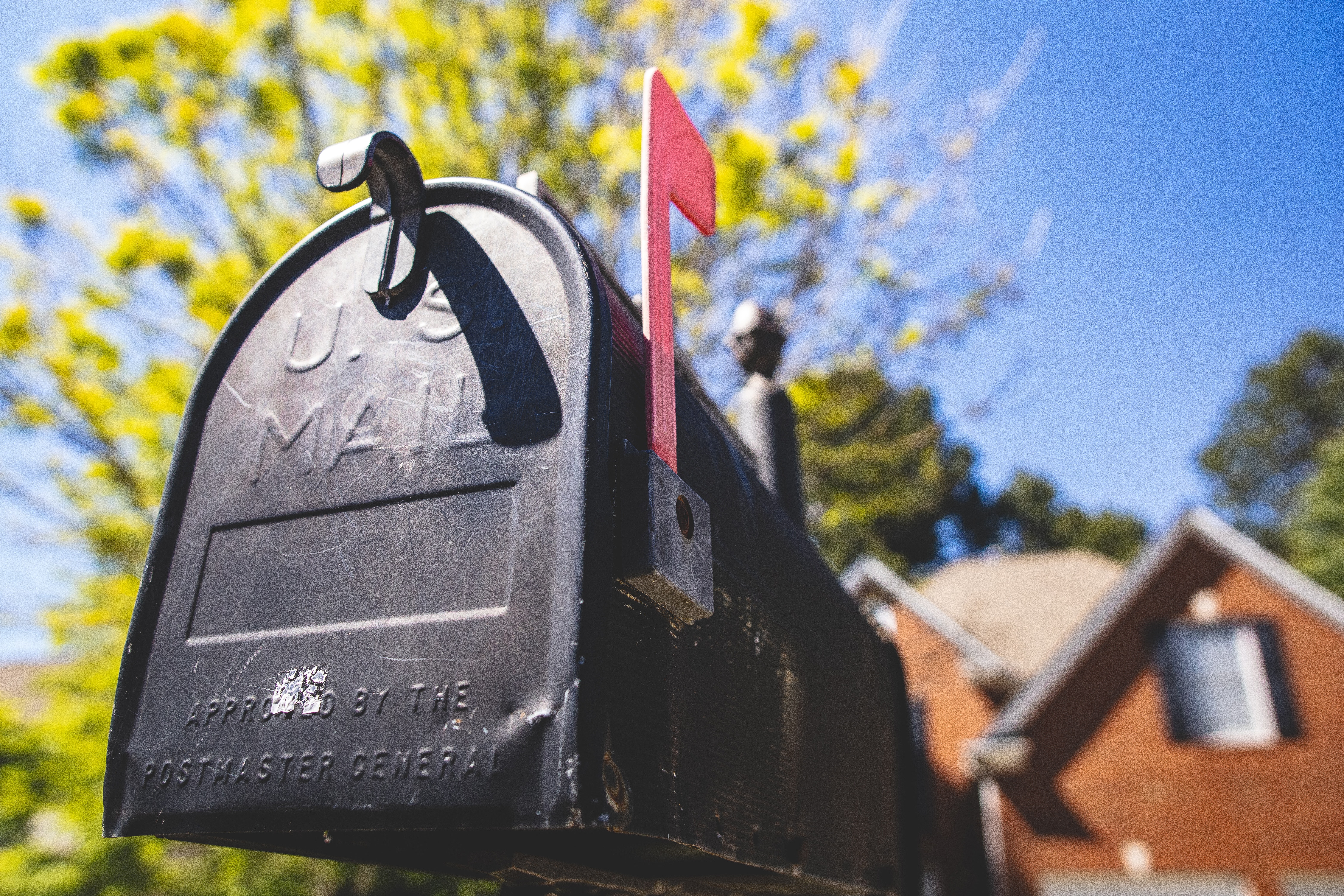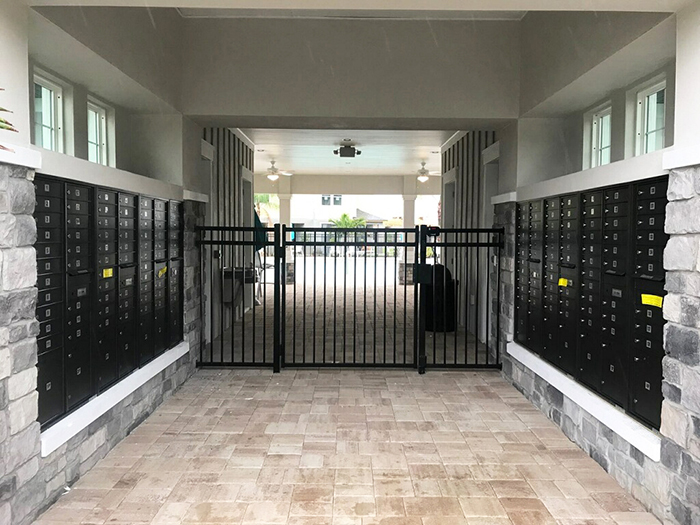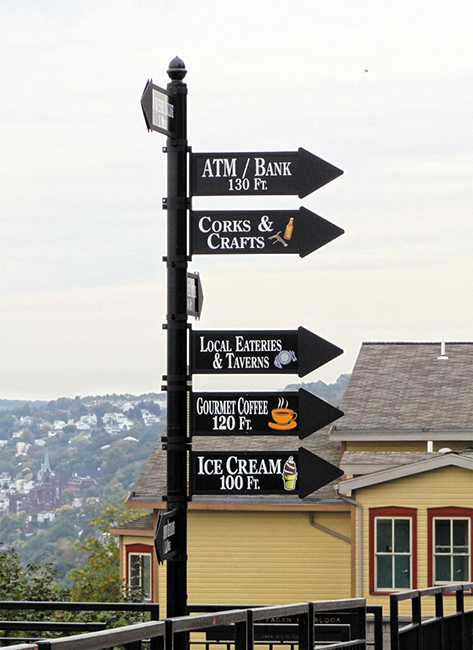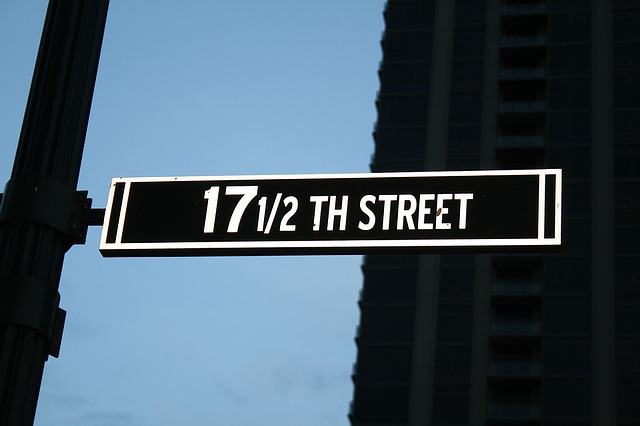Blog
Top 5 Mailbox Mistakes for Communities
Thursday April 02, 2020When developing a neighborhood or residential community, installing the right mailboxes is essential—not just for receiving and sending mail conveniently, but also for ensuring long-term functionality, durability, and visual harmony. Many HOAs and property developers make costly mistakes by selecting mailboxes made from poor materials, mixing incompatible styles, overlooking proper sizing, skimping on mounting hardware, or ignoring the benefits of centralized delivery systems like CBUs. Learn the five most common mailbox selection mistakes and how to avoid them so you can make the right call the first time.
Read the Mailbox Mistakes GuideThe History of STD-4C Mailboxes and Why They've Become So Popular
Monday March 30, 2020When shopping for mailboxes to install a neighborhood or residential community, you'll probably encounter STD-4C mailboxes. Featuring a wall-mounted design, they've become a popular alternative to conventional curbside mailboxes. STD-4C mailboxes feature multiple compartments for tenants' mail. As a result, you can often just install one or a few STD-4C mailboxes as opposed to dozens of curbside mailboxes. In this post, we're going to look back at the history of STD-4C mailboxes.
How to Choose the Right Wayfinding Signage for Your Commercial Project
Monday March 16, 2020Wayfinding signage isn't used exclusively in residential communities. You can find it used in commercial office and shopping centers as well. If you're in the midst of a commercial property development project, you should consider investing in wayfinding signage. Assuming you choose the right type, it will help to create a more cohesive brand image while also driving more foot traffic to the respective businesses in that area.
6 Facts About Street Name Signs
Friday March 13, 2020Street name signs play an important role in our nation's transportation infrastructure. They feature the name of an adjacent street -- either with or without other information -- so that motorists and other road users know where they are going. While you're probably familiar with the purpose of street name signs, though, you might be surprised to learn the following facts about them.
How to Prevent Curbside Mailboxes From Leaning
Tuesday March 03, 2020It's not uncommon for curbside mailboxes to lean over time. Even if you originally installed a mailbox vertically and upright, it may eventually lean either forward, backward or to the side. When this occurs, it can harm the adjacent homes' curb appeal while potentially increasing the risk of injury for mail couriers and motorists. You can prevent your curbside mailboxes from leaning, however, by taking a few basic precautions.






